S.KOREA REPORTS 347,554 NEW CASES
입력 2022.03.29 (15:25)
수정 2022.03.29 (16:46)
읽어주기 기능은 크롬기반의
브라우저에서만 사용하실 수 있습니다.
[Anchor Lead]
South Korea’s daily COVID-19 tally has increased by over 300,000 after a two-day slow-down. The number of critically ill patients and deaths is on the rise. With some 1,200 patients categorized as seriously Ill, over 68 percent of hospital beds for such patients are now occupied. In particular, extra attention should be paid to those aged 60 or above, since they account for most of the critically ill patients and deaths.
[Pkg]
An infectious disease hospital in Seoul. Only 29 out its 111 beds remain vacant, as a large number of elderly patients who got infected with the coronavirus at nursing facilities checked in recently.
[Soundbite] Park Yoo-mi(Seoul City Gov’t) : "As more patients at nursing hospitals or homes tested positive for the virus recently, they were assigned to hospitals with a large percentage of beds remaining unoccupied."
The drop in number of new infections is not leading to a fall in the number of critically ill patients and deaths. As of midnight on Tuesday, the number of seriously ill patients reached 1,215, surpassing 1,200 for three straight days. Compared to the previous week, the weekly average number of critically ill patients and deaths jumped 12 percent and 28 percent, respectively. In particular, the elderly are at risk. In the first week of March, 207,000 people older than 60 tested positive for the virus. But the number more than doubled to 452,000 in the fourth week. Elderly people account for 85 percent of critically ill patients and 95 percent of the deaths. The fatality rate is even higher among older age groups.
[Soundbite] Jung Eun-kyeong(KDCA Director) : "The death rate and fatality rate among those older than 80 are 15 times higher than those among people in their 60s. It is crucial to protect elderly people in their 70s and 80s."
This phenomenon places a heavier burden on the medical system. Over 68 percent of hospital beds for seriously ill patients are occupied nationwide. In non-capital areas, the rate is nearing 75 percent. However, health authorities say the growth of critically ill patients is not as sharp as expected. It is predicted the daily number of seriously ill patients will increase to as many as 1,680 before beginning to dwindle next month. Health authorities will allow all clinics and hospitals to become outpatient care centers that treat at-home COVID-19 patients in person for illnesses other than the viral infection. The government will import oral treatments for 460,000 COVID-19 patients by next month. It will also review introducing Evusheld, AstraZeneca's antibody-based COVID-19 therapy that is given to those who cannot receive vaccines due to poor immune responses.
South Korea’s daily COVID-19 tally has increased by over 300,000 after a two-day slow-down. The number of critically ill patients and deaths is on the rise. With some 1,200 patients categorized as seriously Ill, over 68 percent of hospital beds for such patients are now occupied. In particular, extra attention should be paid to those aged 60 or above, since they account for most of the critically ill patients and deaths.
[Pkg]
An infectious disease hospital in Seoul. Only 29 out its 111 beds remain vacant, as a large number of elderly patients who got infected with the coronavirus at nursing facilities checked in recently.
[Soundbite] Park Yoo-mi(Seoul City Gov’t) : "As more patients at nursing hospitals or homes tested positive for the virus recently, they were assigned to hospitals with a large percentage of beds remaining unoccupied."
The drop in number of new infections is not leading to a fall in the number of critically ill patients and deaths. As of midnight on Tuesday, the number of seriously ill patients reached 1,215, surpassing 1,200 for three straight days. Compared to the previous week, the weekly average number of critically ill patients and deaths jumped 12 percent and 28 percent, respectively. In particular, the elderly are at risk. In the first week of March, 207,000 people older than 60 tested positive for the virus. But the number more than doubled to 452,000 in the fourth week. Elderly people account for 85 percent of critically ill patients and 95 percent of the deaths. The fatality rate is even higher among older age groups.
[Soundbite] Jung Eun-kyeong(KDCA Director) : "The death rate and fatality rate among those older than 80 are 15 times higher than those among people in their 60s. It is crucial to protect elderly people in their 70s and 80s."
This phenomenon places a heavier burden on the medical system. Over 68 percent of hospital beds for seriously ill patients are occupied nationwide. In non-capital areas, the rate is nearing 75 percent. However, health authorities say the growth of critically ill patients is not as sharp as expected. It is predicted the daily number of seriously ill patients will increase to as many as 1,680 before beginning to dwindle next month. Health authorities will allow all clinics and hospitals to become outpatient care centers that treat at-home COVID-19 patients in person for illnesses other than the viral infection. The government will import oral treatments for 460,000 COVID-19 patients by next month. It will also review introducing Evusheld, AstraZeneca's antibody-based COVID-19 therapy that is given to those who cannot receive vaccines due to poor immune responses.
■ 제보하기
▷ 카카오톡 : 'KBS제보' 검색, 채널 추가
▷ 전화 : 02-781-1234, 4444
▷ 이메일 : kbs1234@kbs.co.kr
▷ 유튜브, 네이버, 카카오에서도 KBS뉴스를 구독해주세요!
- S.KOREA REPORTS 347,554 NEW CASES
-
- 입력 2022-03-29 15:25:45
- 수정2022-03-29 16:46:25
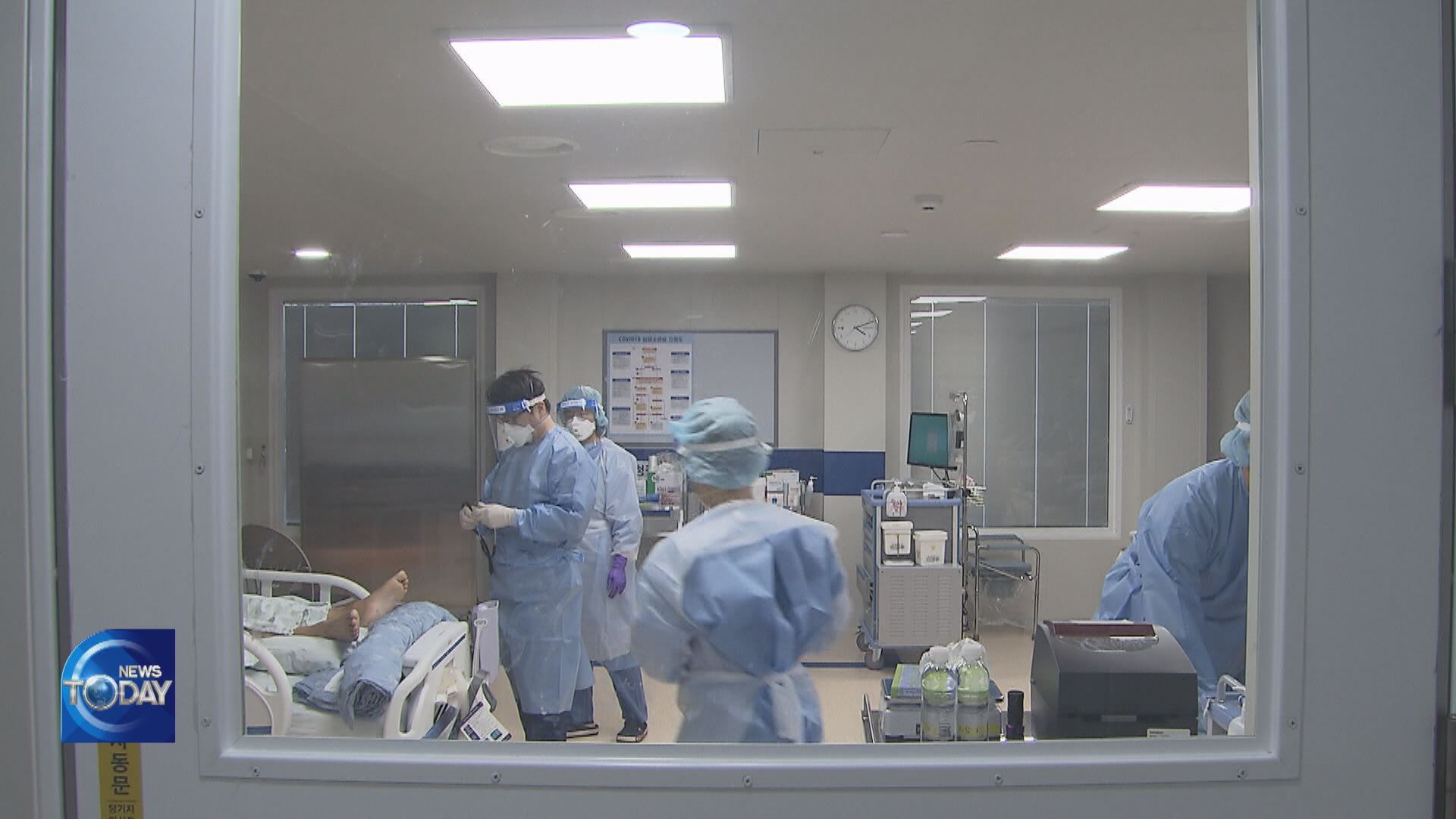
[Anchor Lead]
South Korea’s daily COVID-19 tally has increased by over 300,000 after a two-day slow-down. The number of critically ill patients and deaths is on the rise. With some 1,200 patients categorized as seriously Ill, over 68 percent of hospital beds for such patients are now occupied. In particular, extra attention should be paid to those aged 60 or above, since they account for most of the critically ill patients and deaths.
[Pkg]
An infectious disease hospital in Seoul. Only 29 out its 111 beds remain vacant, as a large number of elderly patients who got infected with the coronavirus at nursing facilities checked in recently.
[Soundbite] Park Yoo-mi(Seoul City Gov’t) : "As more patients at nursing hospitals or homes tested positive for the virus recently, they were assigned to hospitals with a large percentage of beds remaining unoccupied."
The drop in number of new infections is not leading to a fall in the number of critically ill patients and deaths. As of midnight on Tuesday, the number of seriously ill patients reached 1,215, surpassing 1,200 for three straight days. Compared to the previous week, the weekly average number of critically ill patients and deaths jumped 12 percent and 28 percent, respectively. In particular, the elderly are at risk. In the first week of March, 207,000 people older than 60 tested positive for the virus. But the number more than doubled to 452,000 in the fourth week. Elderly people account for 85 percent of critically ill patients and 95 percent of the deaths. The fatality rate is even higher among older age groups.
[Soundbite] Jung Eun-kyeong(KDCA Director) : "The death rate and fatality rate among those older than 80 are 15 times higher than those among people in their 60s. It is crucial to protect elderly people in their 70s and 80s."
This phenomenon places a heavier burden on the medical system. Over 68 percent of hospital beds for seriously ill patients are occupied nationwide. In non-capital areas, the rate is nearing 75 percent. However, health authorities say the growth of critically ill patients is not as sharp as expected. It is predicted the daily number of seriously ill patients will increase to as many as 1,680 before beginning to dwindle next month. Health authorities will allow all clinics and hospitals to become outpatient care centers that treat at-home COVID-19 patients in person for illnesses other than the viral infection. The government will import oral treatments for 460,000 COVID-19 patients by next month. It will also review introducing Evusheld, AstraZeneca's antibody-based COVID-19 therapy that is given to those who cannot receive vaccines due to poor immune responses.
South Korea’s daily COVID-19 tally has increased by over 300,000 after a two-day slow-down. The number of critically ill patients and deaths is on the rise. With some 1,200 patients categorized as seriously Ill, over 68 percent of hospital beds for such patients are now occupied. In particular, extra attention should be paid to those aged 60 or above, since they account for most of the critically ill patients and deaths.
[Pkg]
An infectious disease hospital in Seoul. Only 29 out its 111 beds remain vacant, as a large number of elderly patients who got infected with the coronavirus at nursing facilities checked in recently.
[Soundbite] Park Yoo-mi(Seoul City Gov’t) : "As more patients at nursing hospitals or homes tested positive for the virus recently, they were assigned to hospitals with a large percentage of beds remaining unoccupied."
The drop in number of new infections is not leading to a fall in the number of critically ill patients and deaths. As of midnight on Tuesday, the number of seriously ill patients reached 1,215, surpassing 1,200 for three straight days. Compared to the previous week, the weekly average number of critically ill patients and deaths jumped 12 percent and 28 percent, respectively. In particular, the elderly are at risk. In the first week of March, 207,000 people older than 60 tested positive for the virus. But the number more than doubled to 452,000 in the fourth week. Elderly people account for 85 percent of critically ill patients and 95 percent of the deaths. The fatality rate is even higher among older age groups.
[Soundbite] Jung Eun-kyeong(KDCA Director) : "The death rate and fatality rate among those older than 80 are 15 times higher than those among people in their 60s. It is crucial to protect elderly people in their 70s and 80s."
This phenomenon places a heavier burden on the medical system. Over 68 percent of hospital beds for seriously ill patients are occupied nationwide. In non-capital areas, the rate is nearing 75 percent. However, health authorities say the growth of critically ill patients is not as sharp as expected. It is predicted the daily number of seriously ill patients will increase to as many as 1,680 before beginning to dwindle next month. Health authorities will allow all clinics and hospitals to become outpatient care centers that treat at-home COVID-19 patients in person for illnesses other than the viral infection. The government will import oral treatments for 460,000 COVID-19 patients by next month. It will also review introducing Evusheld, AstraZeneca's antibody-based COVID-19 therapy that is given to those who cannot receive vaccines due to poor immune responses.
이 기사가 좋으셨다면
-
좋아요
0
-
응원해요
0
-
후속 원해요
0










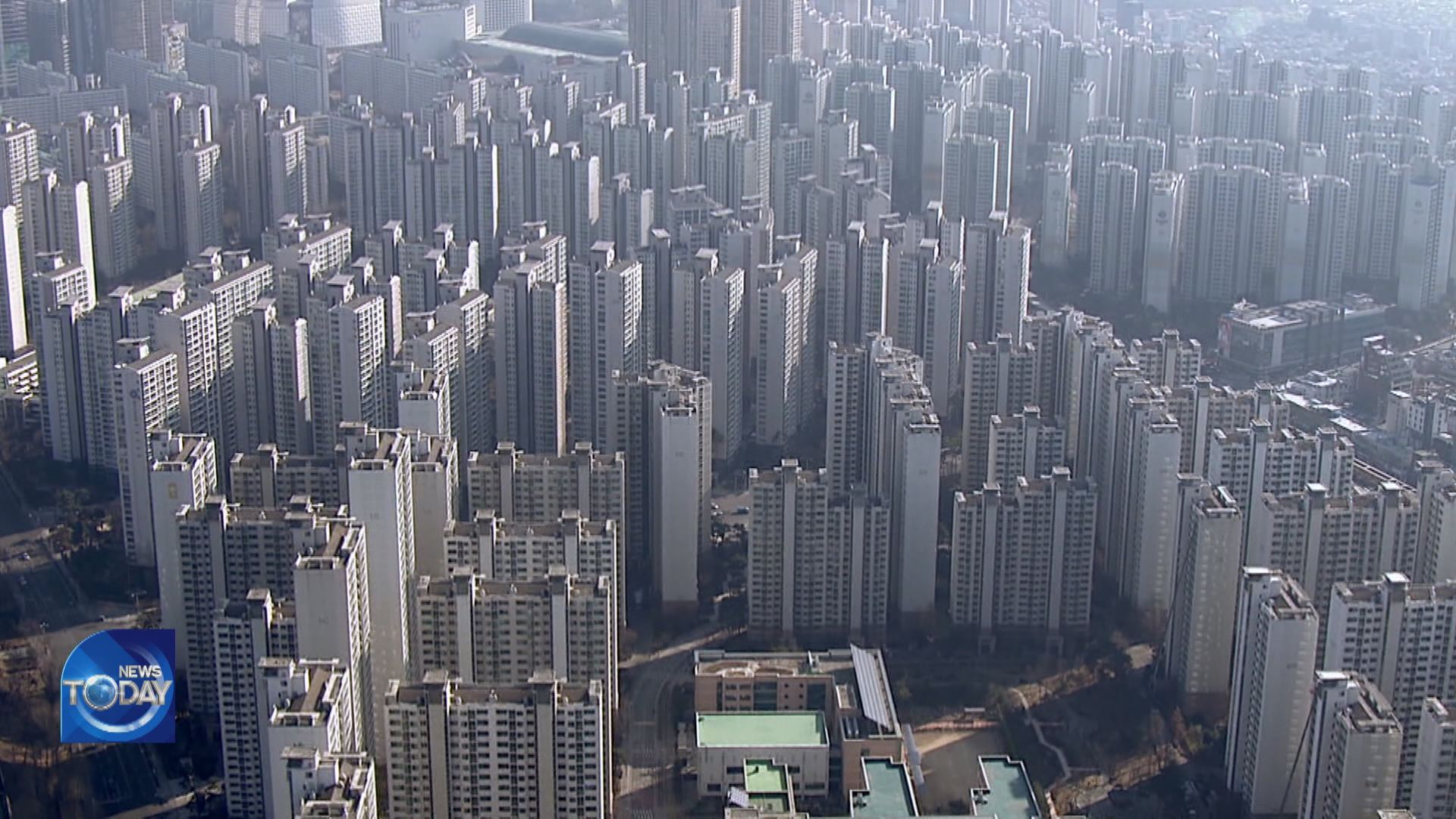
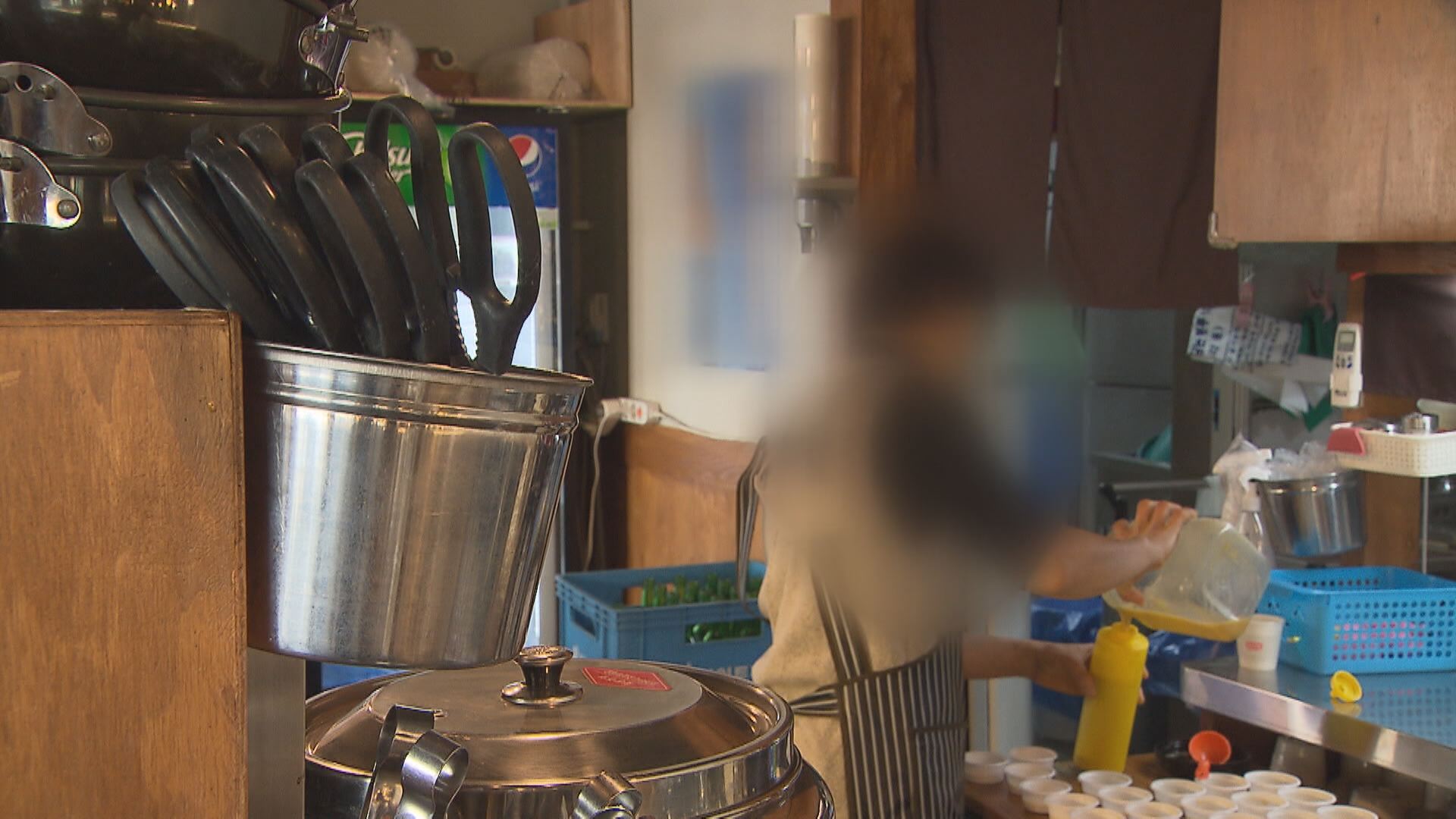
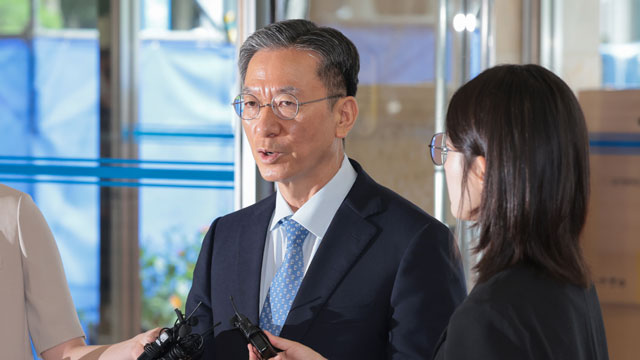
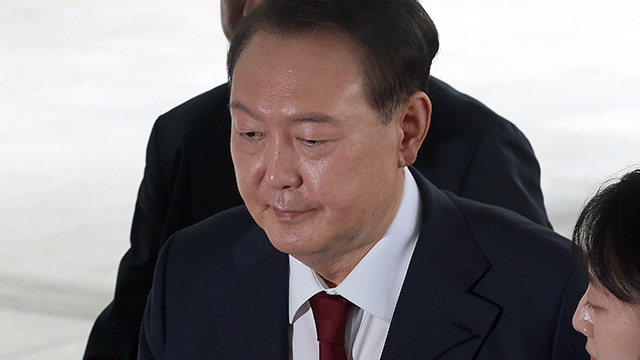
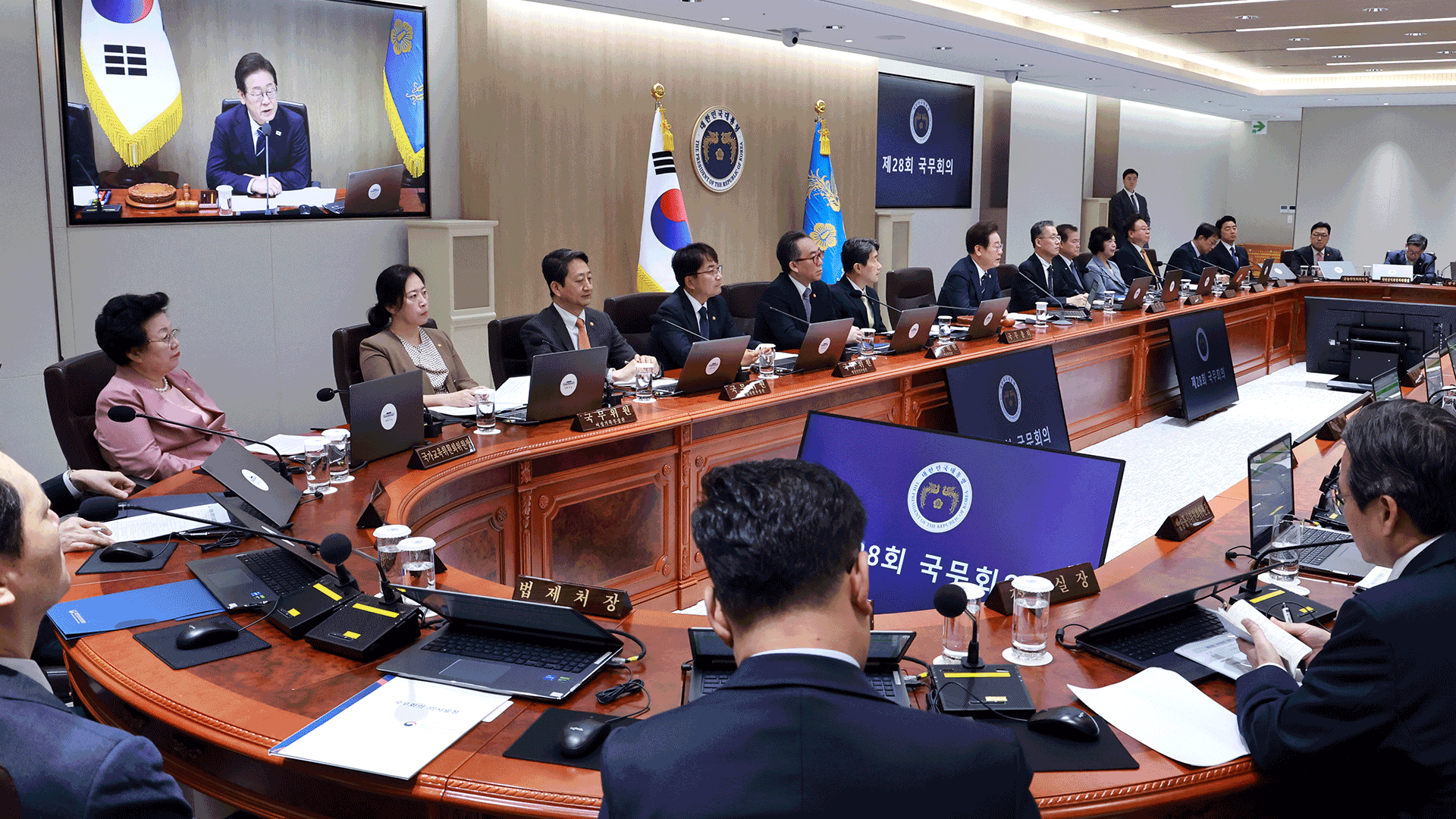
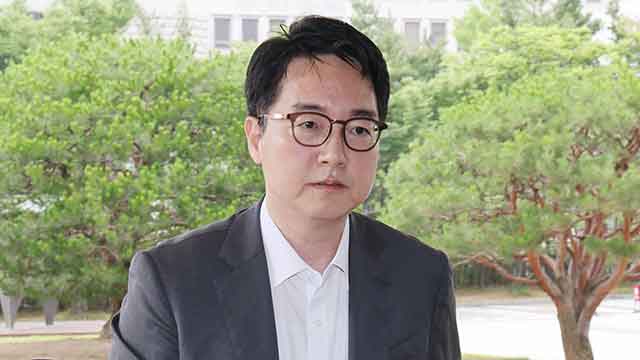

이 기사에 대한 의견을 남겨주세요.